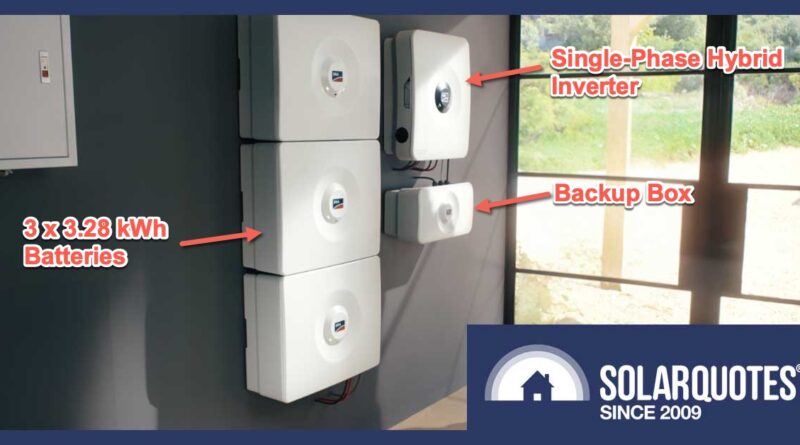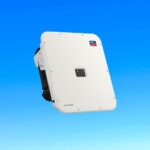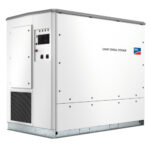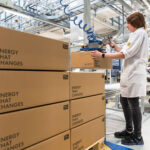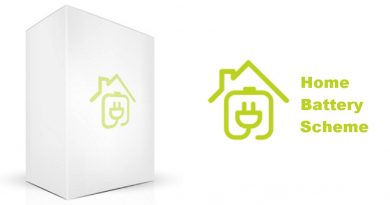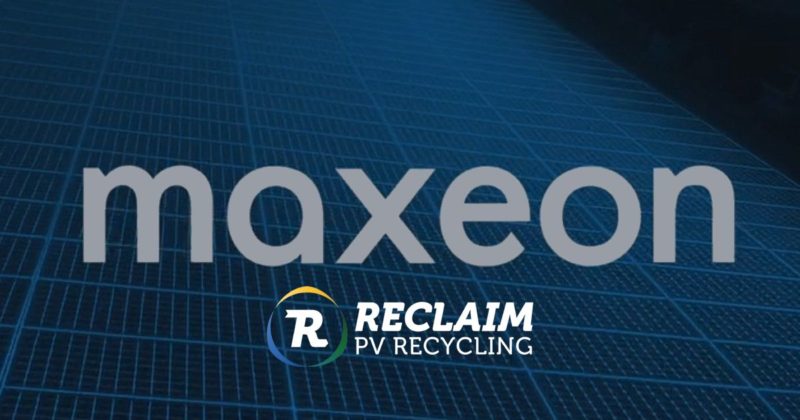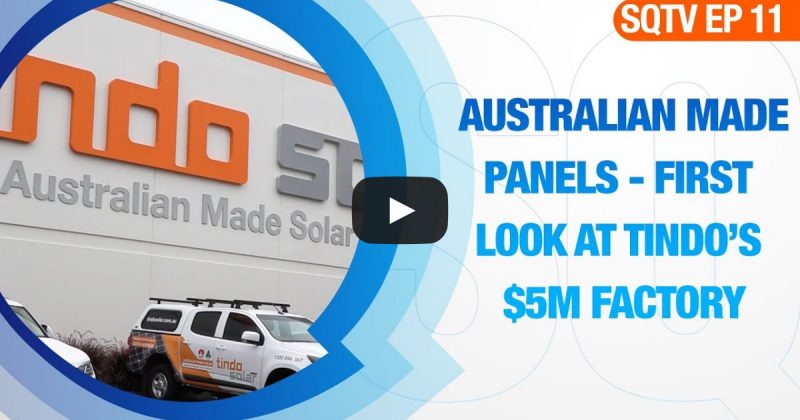SMA Unveils Its Long-Awaited Hybrid Inverter & Battery Range
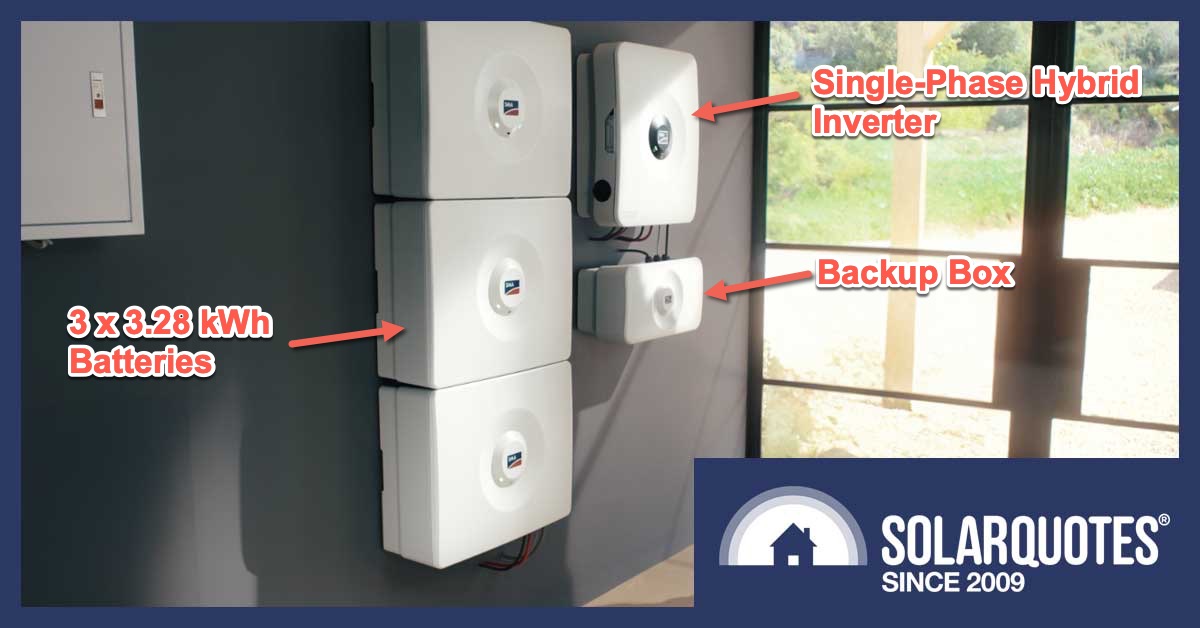
Image: SMA (modified)
Got an old red SMA solar inverter that’s still kicking? These tough-as-nails units are a testament to when SMA ruled the roost in grid-connected solar tech in Australia.
The SMA Sunny Boy used to be my go-to, whether it was the heavy-as-a-tank SB1100/1700/2500 series or especially the TL5000, a machine with a screen that told you what it was up to and even drew a little graph of the day’s output. They’re all pretty much bulletproof.
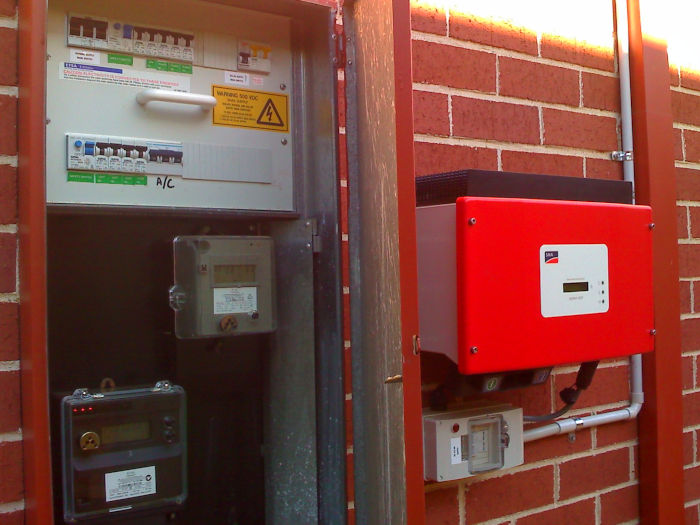
Circa 2009 Sunny Boy – image credit Solar Depot
Sadly, when you’re at the top of the game, there’s only one way to go – and SMA made a swan dive into the solar pond, with a splash so craptacular that the ripples are still evident.
How did it all go so wrong? Moving production from Germany to Asia, simultaneously releasing a new model without a screen (which really scared the horses) but most amazingly, having machines coming out of the box labelled “German quality” and dead on arrival.
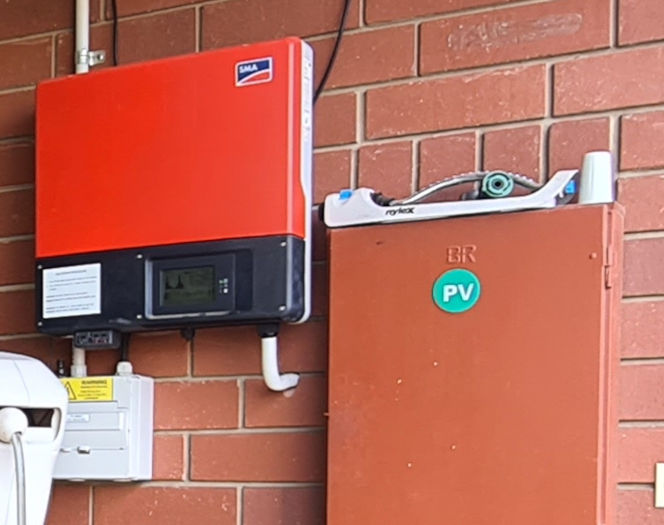
SMA TL5000 still humming away
What’s New At SMA Then?
To step back in time, the dear old yellow Sunny Island battery inverter, a machine well known as an off-grid stalwart, is now back on the approved list as a grid hybrid.
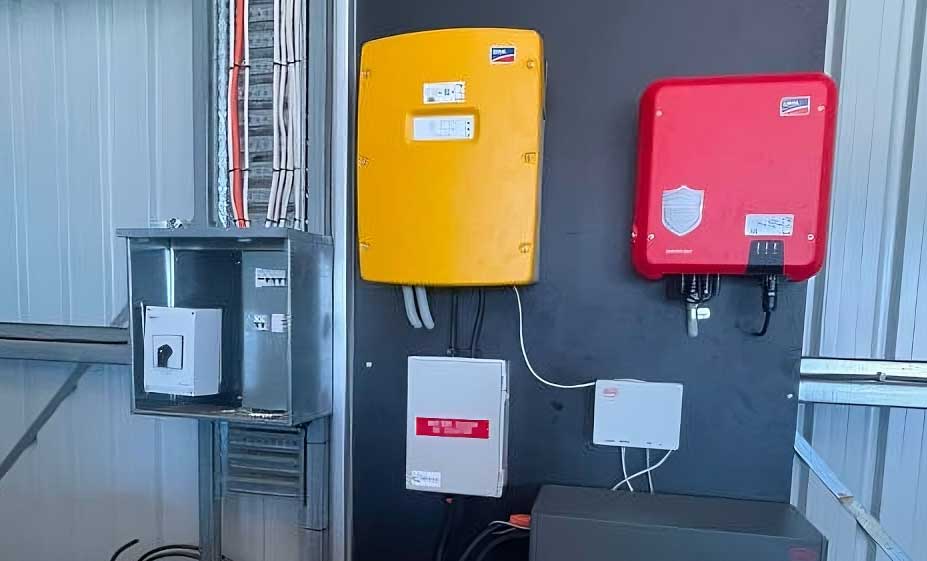
Image: Ben Emery / Facebook
So, if you want a solid but slightly clunky old device that uses 48-volt nominal batteries, then there are options available right now1.
What’s On The Horizon?
New SMA solar hybrid inverters are coming to Australia in Q2 2024, and if the specifications for the single-phase US models are anything to go by, then things look pretty good.
Join thousands receiving the latest solar, battery and EV news and views from SolarQuotes!
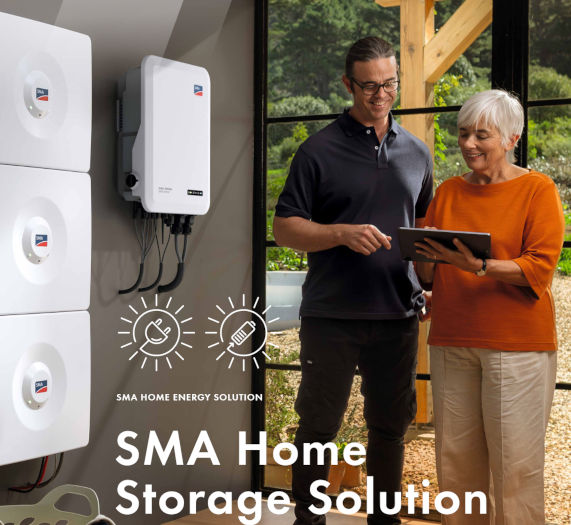
A three-phase hybrid inverter with backup built-in and pretend wiring.
SMA Hybrid Inverter Specs Are Impressive
Single-Phase ‘Smart Energy’ Inverter
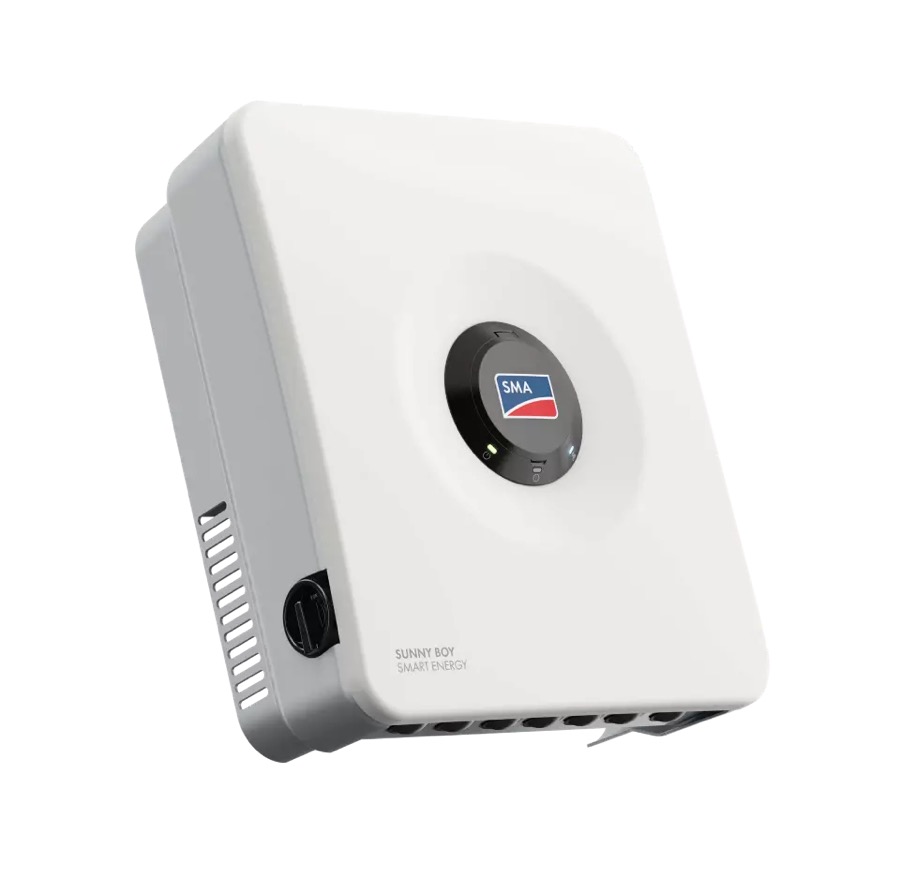
SMA Smart Energy Single-Phase ‘Smart Energy’ Hybrid Inverter
From the information I’ve seen on single-phase units, there are six sizes ranging from 3.8 to 11.4kW. But for the Australian market, I would think 10kW will be the top. There are two classes of hybrid inverter. If the grid goes missing, they claim 7700 VA output on the 4 smaller units while 11400 VA is available from the larger two.
Across the board, they’ll surge to 125% for 30 seconds and 150% for 100ms. It’s not to be sneezed at, but confusingly, there are two different levels of “battery-less” backup without much detail to differentiate them. The only obvious thing is that the basic backup function named “secure” is switched manually, while the “select” and “home” functions are automatic.
What does make them competitive with Fronius and better than many others is the 15 – 34amp DC current ratings and 3 or 4 MPPT inputs, which will allow most any modern high current modules, even in parallel. This will be a winner for creative designs on complex roofs that would otherwise require a microinverter or optimiser solution.
200% DC oversizing also matches the likes of Sungrow and GoodWe, well more than the 150% offered by Fronius.
Three-Phase ‘Smart Energy’ Tripower Inverter
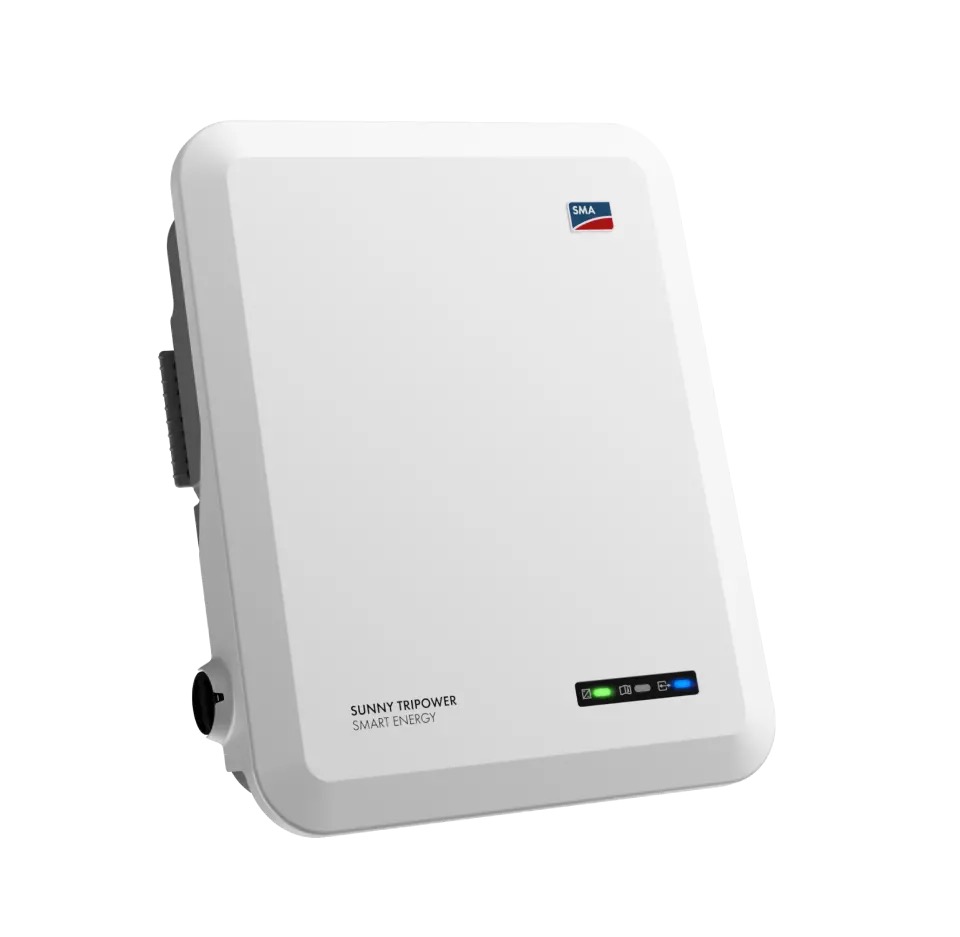
Sunny Tripower 3-Phase ‘Smart Energy’ Hybrid Inverter
There are 3 phase models with European specifications that explain they have built-in battery backup. Whether that’s a material difference to the US devices remains to be seen. The flyers refer to innovative* backup solutions – I think the asterisk refers to how much money you pay to unlock the firmware.
SMA Home Storage Battery Specs
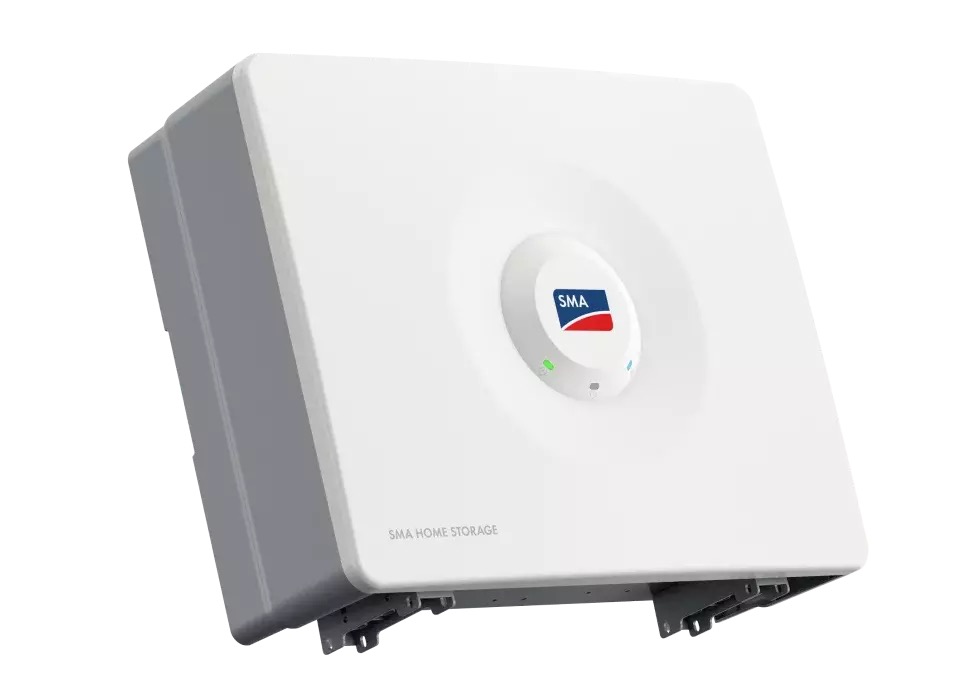
SMA 3.28 kWh battery module
The SMA Battery uses Lithium Iron Phosphate (LiFePO4) chemistry with an industry-standard 10-year warranty (only two years without internet).
However, the point of difference with other solar batteries seems to be specifying 8000 charging cycles. That equates to about 2.2 full cycles per day for 10 years, so you can really flatten the demand curve by charging overnight to meet the morning peak and then charging again with solar to avoid the evening peak. It’s like having your cake and eating it twice a day—you can charge overnight for the morning rush and recharge with solar power to sidestep the evening surge.
Seeing as many batteries specify a megawatt-hour throughput, which sees the warranty expire in 1 year or 7 years, this really is good news.
Other specs are:
- 3.28 kWh per unit with 16.4 kW capacity available if you have room for five units (the upper bound seems a little weedy unless they can be paralleled?).
- Basic physical form is 215mm or about 8″ thick, each battery block being 610 × 483mm.
- Floor, wall or back-to-back mounting options mean two and three units end up 969 & 1455mm tall respectively.
- Stackable battery design that can be scaled up within 2 years of the original commissioning (some makers like GoodWe will not allow increases in capacity after install).
- IP65 rating, so outdoor installation is possible, while -10°C to 50°C temperature range is broad enough
The Upshot
We’ve been waiting a very long time, with at least one false start, for a new high-voltage grid hybrid from SMA. Finally, the people who “just want another reliable red box” like they bought ten years ago will have a comfortable option, albeit a boring white one.
With any luck, it won’t become the running joke that was the Enphase battery arriving by Christmas; of an unspecified year.
Where Fronius would still appear to have the lead is in terms of price2: comparable BYD battery stacks are €629/kWh versus the SMA at €715/kWh. However, this may vary in Australia, so we’ll leave the value per warranted kWh calculation until there’s an official local release.
Original Source: https://www.solarquotes.com.au/blog/sma-hybrid-inverter-battery-range/

